When Paradise Turns into a Nightmare

Picture this: you’re standing at a famous viewpoint, but instead of a serene landscape, you’re surrounded by thousands of other tourists pushing for the perfect selfie. In 2024, with travel rebounding globally, overtourism hit harder than ever. Famous destinations like Venice, Bali, and Barcelona were already grappling with overcrowding, and the effects were noticeable: from environmental damage to overwhelmed local services and the displacement of residents. Three out of four travelers (76%) expressed concerns about overtourism, while 31% personally experienced it in 2024. This isn’t just some travel industry buzzword—it’s a real crisis reshaping how we think about tourism. This is the first year in which global tourism is expected to set records since the coronavirus pandemic brought much of life on Earth to a halt. Wandering is surging, rather than leveling off, driven by lingering revenge travel, digital nomad campaigns and so-called golden visas blamed in part for skyrocketing housing prices. These seven countries are now facing the harsh reality that sometimes, too much love can destroy what we cherish most.
Spain – Where Locals Fight Back with Water Guns
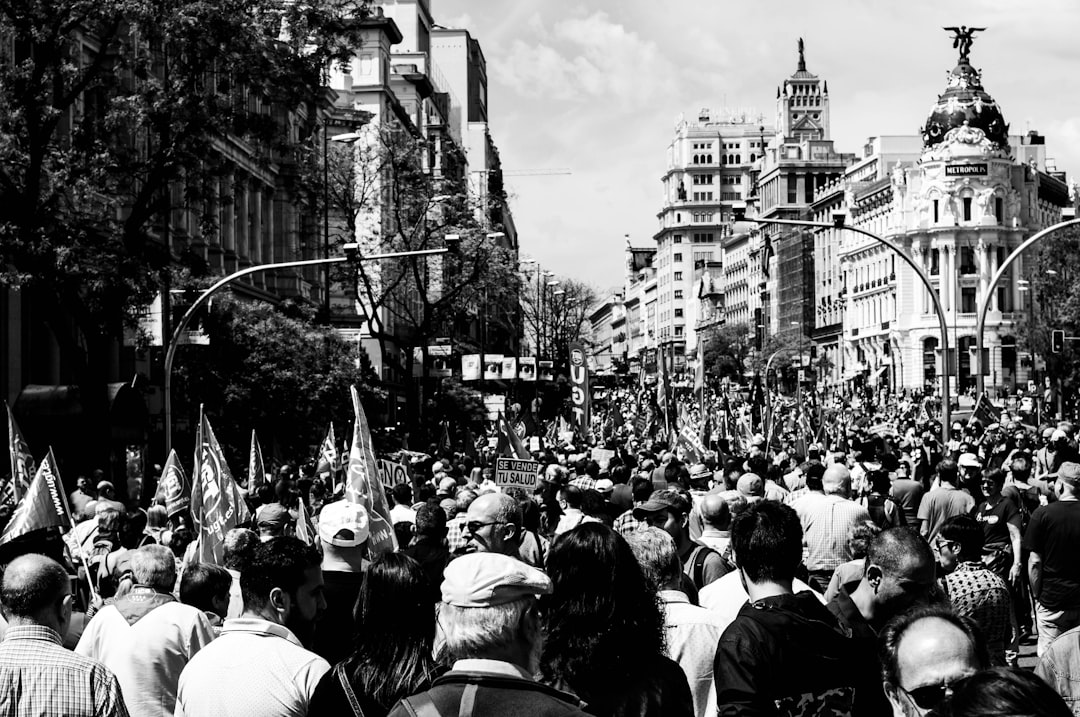
Barcelona, Spain suffers from severe overtourism, which resulted in 3,000 residents protesting on July 6 2024. Residents demanded reduced tourist numbers and for the government to prioritise fairer economies. But Barcelona wasn’t alone in the fight. 20,000 people demonstrated against mass tourism in Palma de Mallorca, Spain. The situation got so intense that 6,000 residents protested demanding reduced tourist numbers; tourists were sprayed with water by protesters. Tourism was projected to grow by 5% in 2024 — that’s more than double the rate for the overall economy – with more than 90 million visits expected from overseas tourists. The irony? Spain’s tourism success became its biggest headache, forcing the government to implement strict new measures including tourist vehicle bans and restrictions on short-term rentals.
Italy – Venice Becomes a Living Museum Under Siege
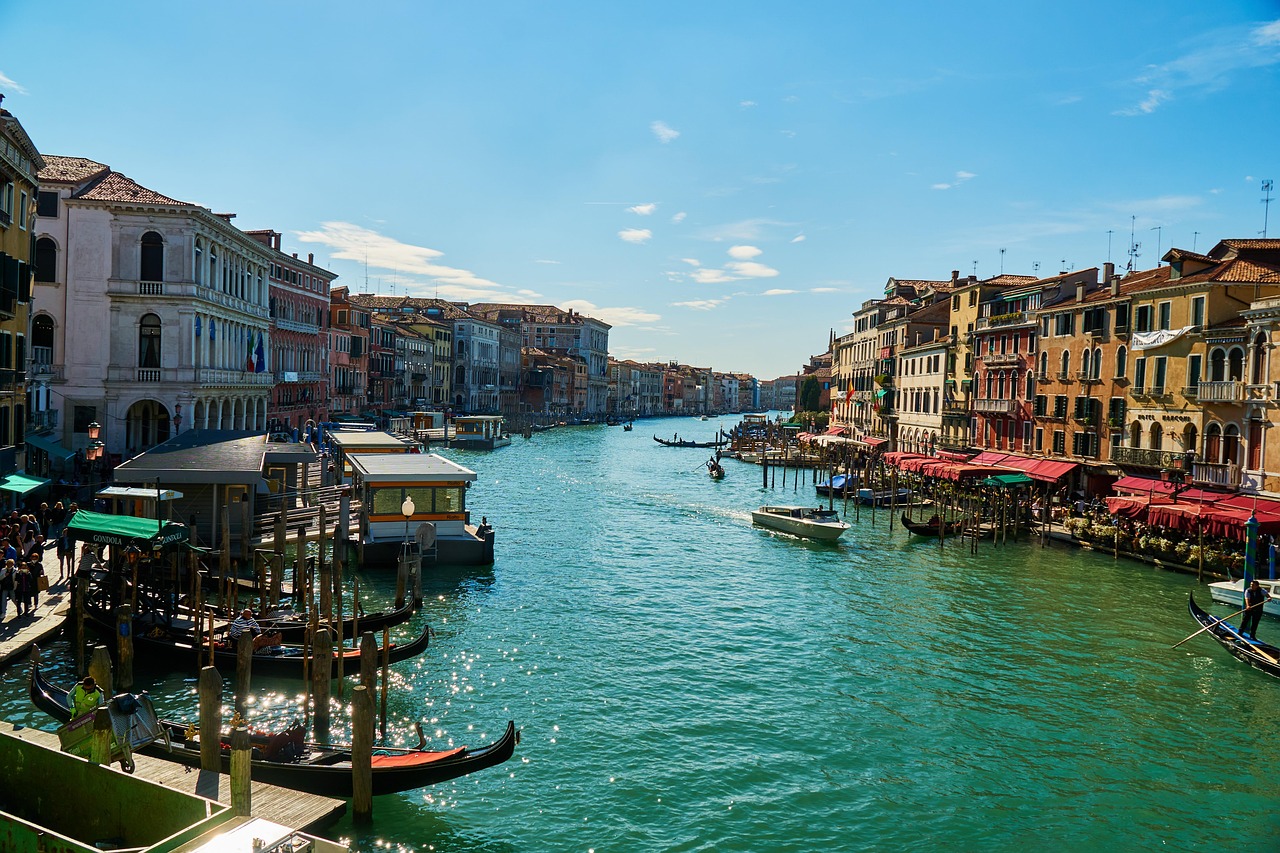
Venice made history by becoming the first city in the world to charge day tourists a fee just to visit its historic canals and other attractions on peak days. The measure is designed to counter overtourism and mitigate the deleterious impact large crowds can have on some of the city’s fragile sites, while also persuading some tourists to visit during less busy times of the year. Venice is known for attracting 20 million tourists per year, especially day-trippers. In 2024, the Italian city introduced a €5 city centre access fee between 8:30am and 4pm on peak travel days. The overwhelming number of tourists in Venice threatens the city’s quality of life and economy. What’s particularly heartbreaking is that when there were no tourists during COVID lockdown, the waterway looked clearer and the air quality improved. Italy’s other hotspots like Rome and the Amalfi Coast face similar struggles with infrastructure strain and cultural site preservation.
Greece – Islands Drowning in Cruise Ship Passengers
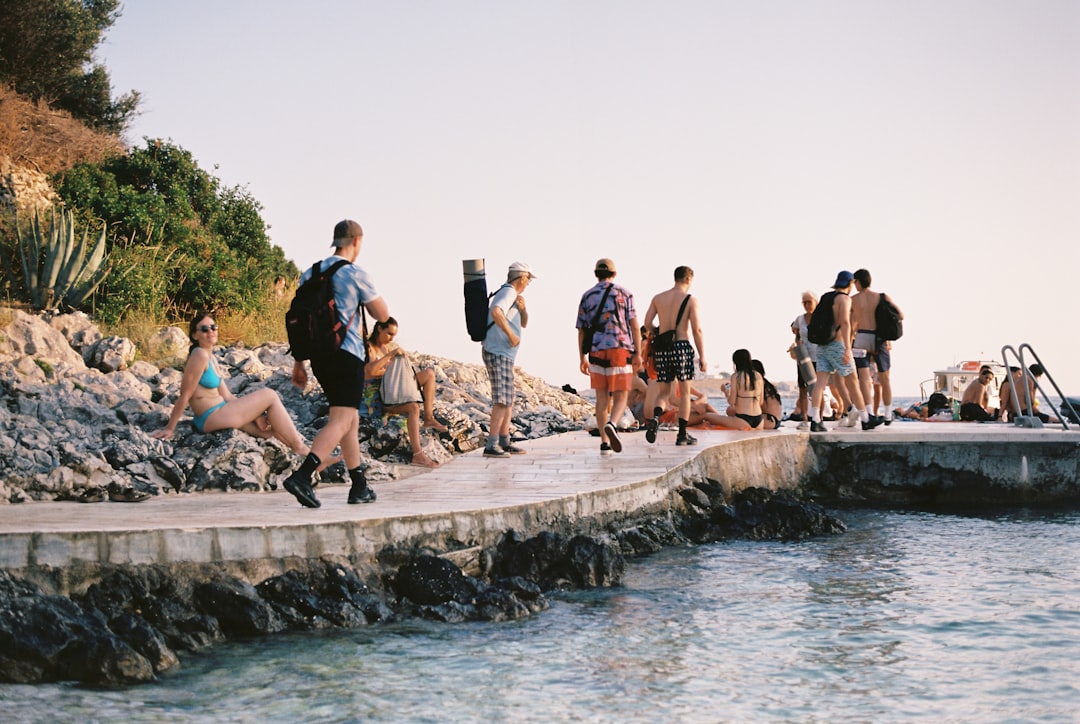
Greece’s islands are experiencing a tourism tsunami that’s impossible to ignore. Santorini reports of up to 18,000 cruise passengers overwhelming the island daily, straining resources for its 15,000 residents. Think about that math for a second—more tourists than actual residents arrive every single day during peak season! Residents in Athens and Paros have protested against overtourism, accusing tourists of displacing locals and diluting the city’s character on islands like Santorini and Mykonos. The Greek Ministry of Tourism has implemented daily cruise passenger limits on Santorini, capping arrivals at 8,000 per day to preserve the fragile island ecosystem. In Athens, authorities have introduced timed entry slots and online reservation requirements, limiting visitors to 20,000 per day. The situation has become so critical that locals are literally being pushed out of their own communities.
Japan – Mount Fuji Hidden Behind Barriers
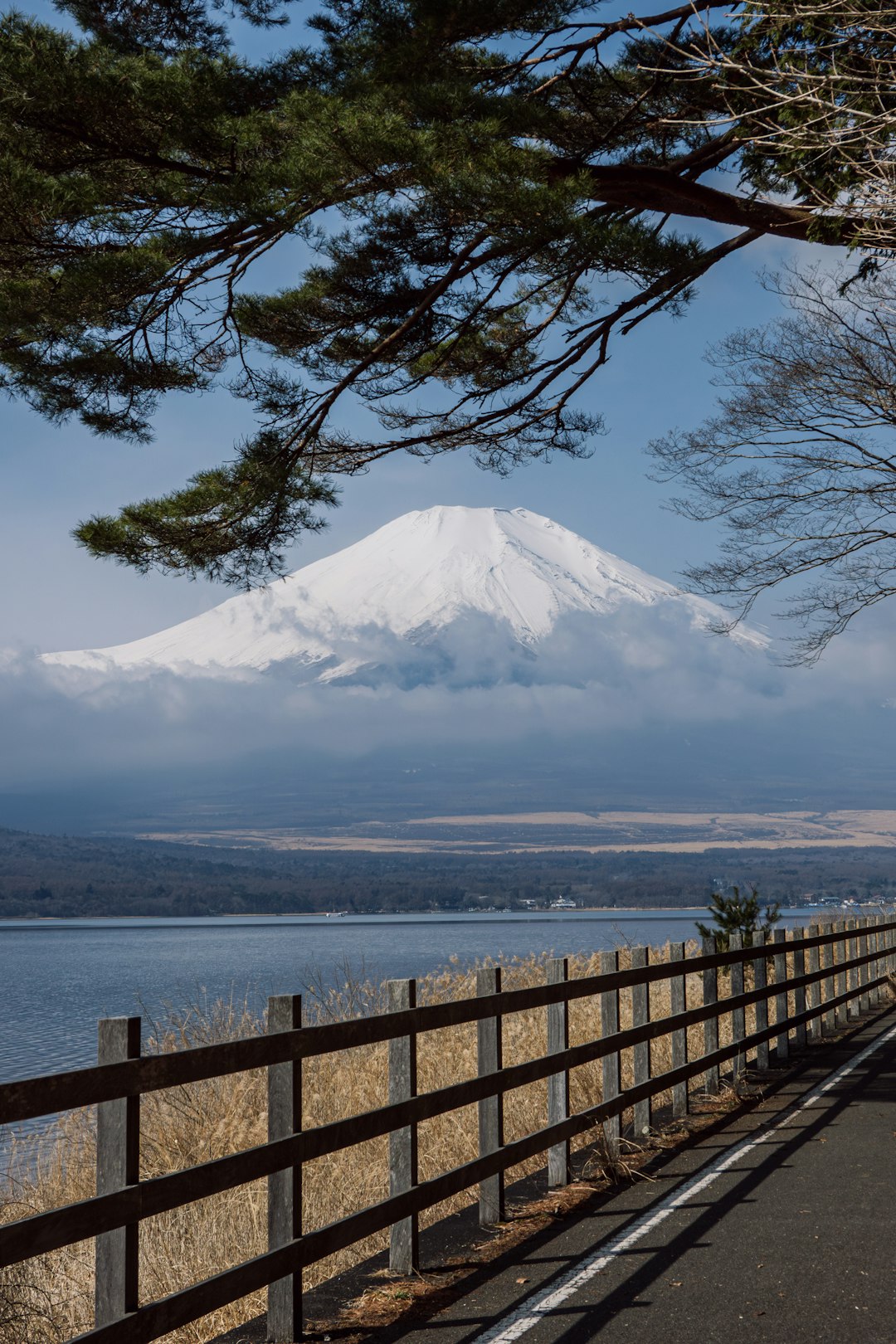
In 2024, overtourism in Japan caused challenges for 30% of foreign tourists. According to a recent survey, over 30% of foreign tourists reported overtourism-related issues during their trips. The government took dramatic action when a popular view of Mt Fuji was blocked to prevent tourists from taking selfies and inconveniencing locals. In Japan, where tourist arrivals fueled by the weak yen were expected to set a new record in 2024, Kyoto banned tourists from certain alleys. The government set limits on people climbing Mount Fuji. And in Fujikawaguchiko, a town that offers some of the best views of the mountain’s perfect cone, leaders erected a large black screen in a parking lot to deter tourists. Japan’s struggle shows how even the most organized and respectful society can be overwhelmed when tourism explodes beyond capacity. The country’s infrastructure, designed for its own population, simply couldn’t handle the sudden influx of international visitors.
Indonesia (Bali) – Paradise Lost to Traffic and Development

Bali saw 6.33 million international visitors last year—surpassing its pre-pandemic peak of 6.28 million in 2019 and representing nearly half of the country’s total 2024 visitors. The island of population 4.4 million already faces challenges of overtourism. Fodor’s Travel justifiably put the island first on its ‘No List 2025’, citing “rapid, unchecked development spurred by overtourism […] encroaching on Bali’s natural habitats, eroding its environmental and cultural heritage, and creating a ‘plastic apocalypse’”. The traffic situation has become legendary for all the wrong reasons. The steady rise in tourists means the roads in Bali get busier every year. There is a roughly one-to-one ratio of vehicles to people on the island, while public transport use remains low. Congestion prevented travelers from entering and leaving Bali’s airport for six hours ahead of New Year’s Eve 2023. According to a 2018 study, the island is losing around 1,000 hectares of agricultural land per year as a result of development.
Portugal – When Privacy Becomes a Luxury
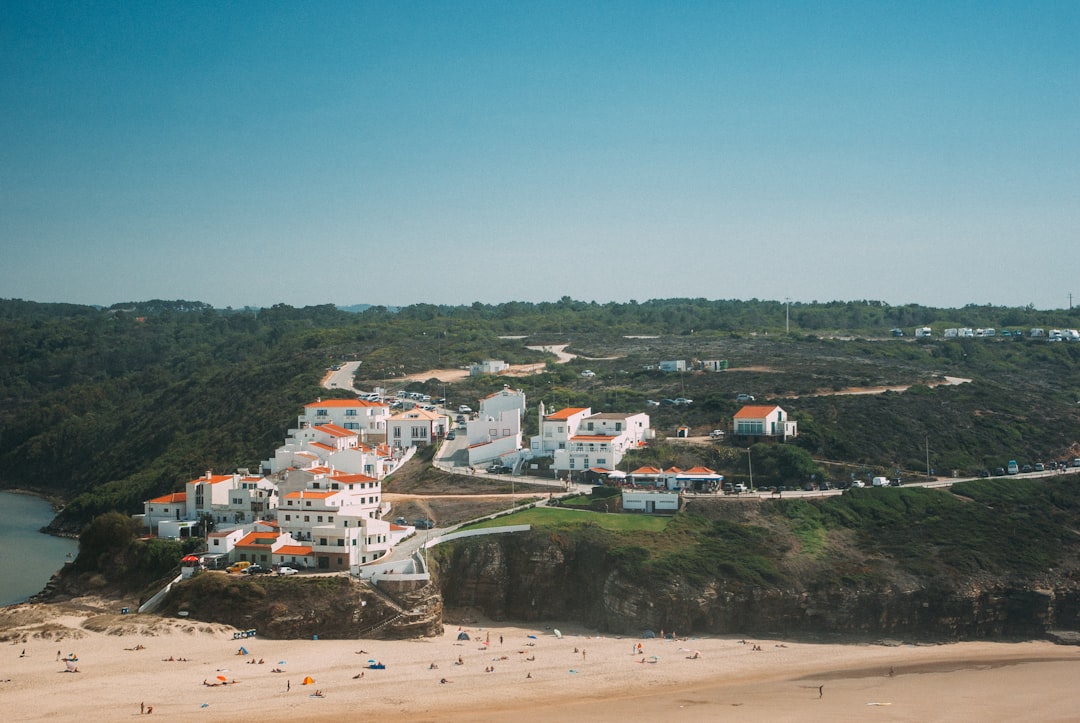
Portugal’s tourism boom has created some seriously awkward situations for locals. Portugal, which also has struggled with overtourism challenges, saw a 26% increase in arrivals in 2024 — and its popularity shows no signs of waning, as the country continues to rank high on lists of best countries to visit. In Sintra, a wealthy region known for its castles and cool climate, the situation has become almost comical yet deeply troubling. More than 3 million people every year visit the mountains and castles of Sintra. Travelers idling in standstill traffic outside the sunwashed walls sometimes spot the bell and pull the string “because it’s funny,” he says. And he can sense the frustration of 5,000 visitors a day who are forced to queue around the house on the crawl up single-lane switchbacks to Pena Palace. One local resident even said “Now I’m more isolated than during COVID.” That’s when you know tourism has gone too far.
Thailand – Beaches Closed for Recovery
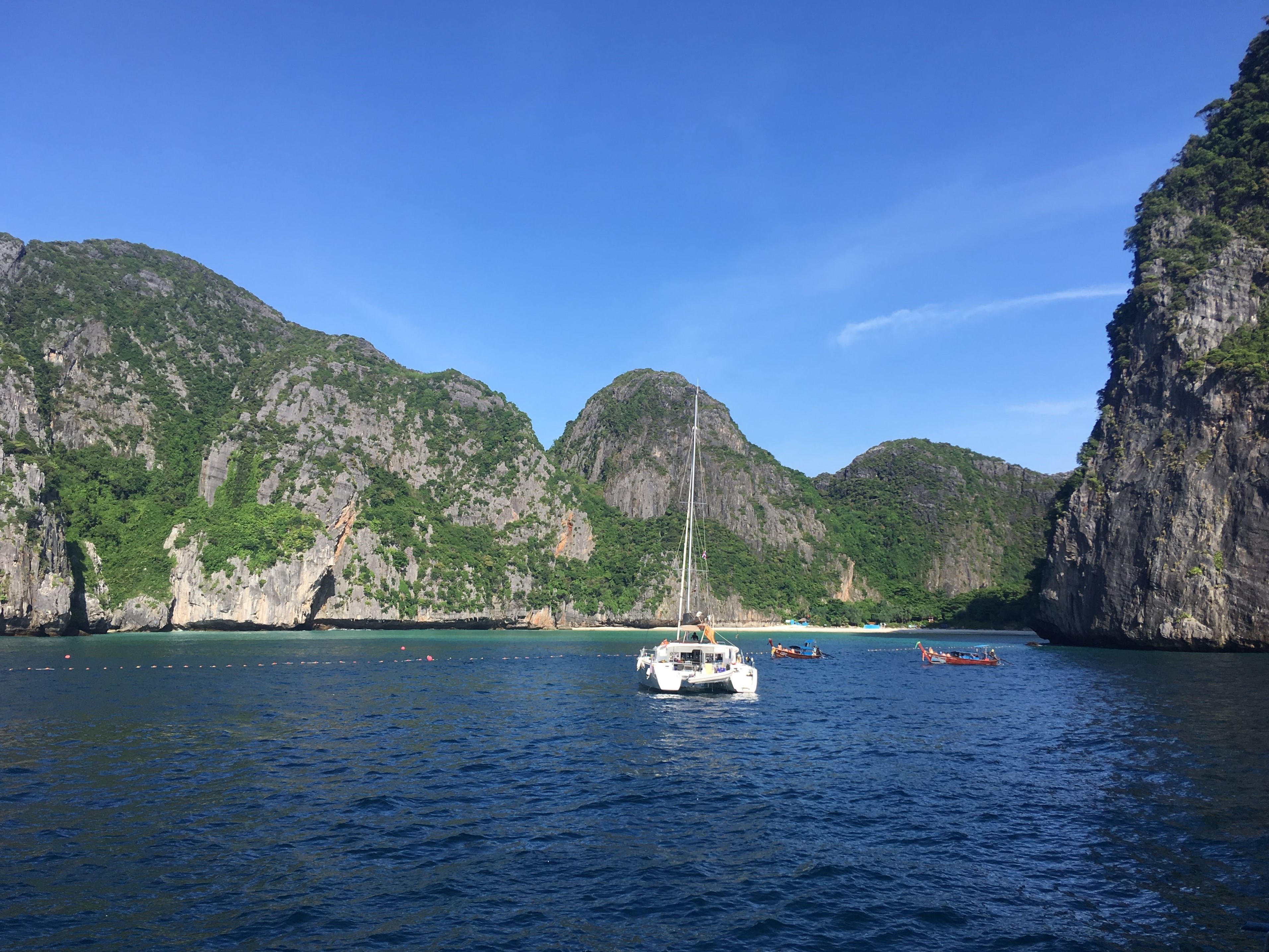
Thailand’s experience with overtourism became a global cautionary tale that nobody wanted to repeat. In 2018, Thailand’s Phi Phi Islands and Maya Bay welcomed up to 6,000 daily visitors resulting in overtourism. The government temporarily closed the island from 2018 to 2022 to recover from the effects of overtourism. Thailand’s Maya Bay, popularized by the film “The Beach,” was closed to tourists for several years to allow its damaged ecosystem to recover. The closure of Maya Bay sent shockwaves through the tourism industry because it proved that sometimes the only solution is to hit the pause button completely. Fodor’s “No List 2024” urged people to reconsider visiting suffering hotspots, including sites in Greece and Vietnam, as well as areas with water management problems in California, India and Thailand. Thailand’s drastic action showed that preserving natural beauty sometimes means saying no to the very visitors who come to see it.
The Hidden Costs Nobody Talks About
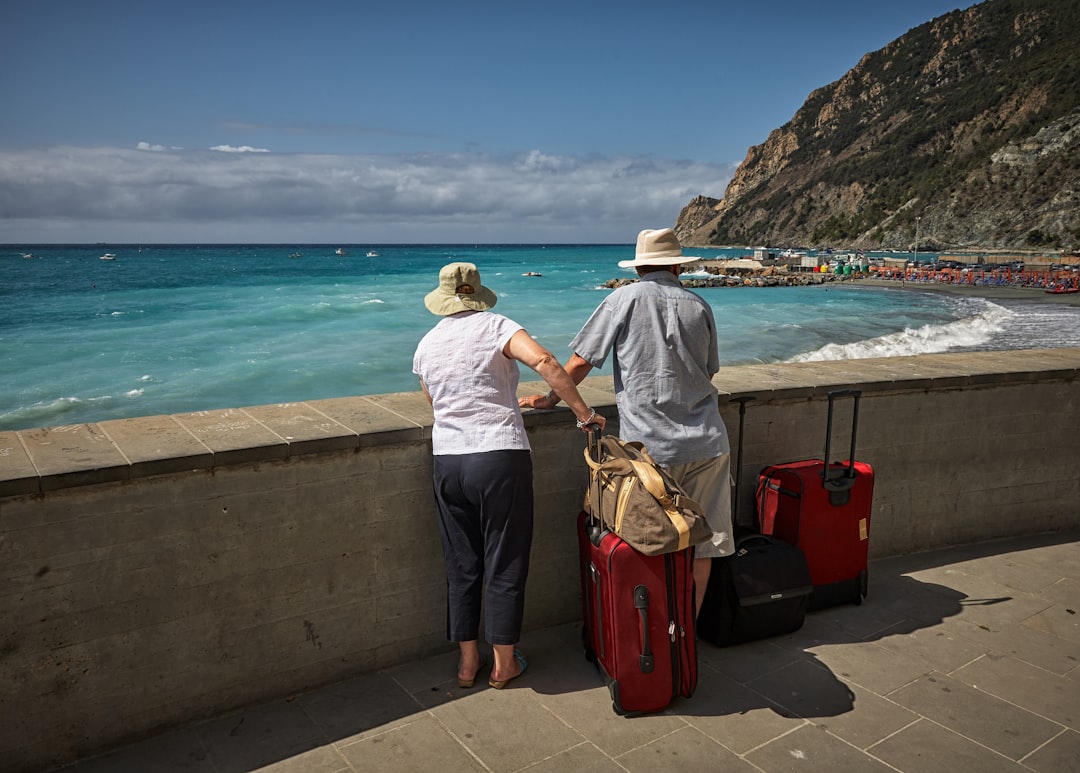
What makes these overtourism crises so heartbreaking isn’t just the environmental damage—it’s how they’re destroying the very communities that make these places special. Housing prices driven up by short-term rentals like Airbnb, from Spain to South Africa. In a 2024 protest in Tenerife, locals reported sleeping in cars and caves, due to the increase in housing prices. The protesters also expressed concerns about the island’s limited resources, saying it would not be able to accommodate the influx of tourists. Local communities bear the brunt of overtourism as well. The influx of visitors often leads to increased living costs, displacement of residents due to the proliferation of tourist accommodations, and erosion of cultural heritage. The economic benefits that tourism supposedly brings often bypass local communities entirely, leaving them with all the problems and none of the profits.
When Technology Makes Things Worse

Social media has become both the fuel and the fire of overtourism. Cheap flights, social media exposure, housing prices, too many tourists, and the lure of bucket-list experiences drive tourists to the same small set of locations, all at once. Instagram-worthy spots get overwhelmed almost overnight, creating dangerous crowds and environmental destruction. According to McKinsey, 80% of travellers visit just 10% of the world’s tourist destinations. This concentration effect means that while some places are completely overrun, many equally beautiful destinations remain empty. The algorithm-driven nature of social media travel inspiration has created a perfect storm where everyone wants to visit the same places at the same time.
Fighting Back – Creative Solutions Emerge
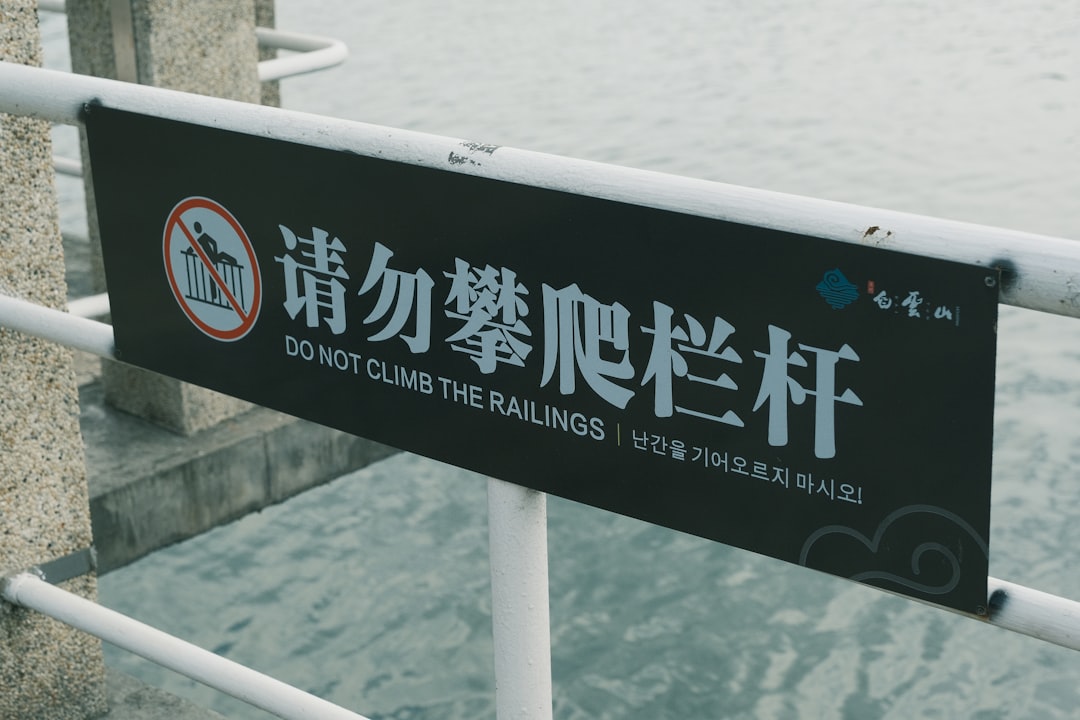
Countries aren’t taking this lying down. From tourist taxes and cruise ship bans to short-term rental limits and selfie fines, Europe is drawing a firm line to ensure tourism remains sustainable and respectful. These destinations are not just raising tourist taxes or issuing polite warnings—they are imposing real, enforceable restrictions on short-term rentals, day-trippers, cruise ships, and even selfies. Amsterdam has taken particularly bold action with starting in 2026, the city will reduce sea cruises from 190 to 100 and relocate the main cruise terminal outside the city. Meanwhile, Japan is introducing destination-specific fees, such as entrance charges for popular landmarks or city-wide tourism taxes. These funds could be reinvested in infrastructure, preservation efforts, and marketing campaigns to promote lesser-known destinations. Additionally, digital tools like visitor management apps and real-time crowd monitoring systems could help distribute tourist traffic more evenly across regions.
The Future of Travel

The overtourism crisis isn’t going away anytime soon. There’s little reason to expect the tide to recede by summer 2025, which could shape up to be as chaotic and saturated as the 2024 season. As the demand for travel shows few signs of slowing, overtourism is poised to remain a critical challenge for visitors, residents and affected destinations. More than 60% expressing willingness to pay higher charges to ease congestion and protect natural and cultural resources. The good news? Travelers are becoming more aware of their impact and more willing to make different choices. In response, more travelers are looking for less crowded destinations to explore. The future of travel might actually be about going to places that aren’t on everyone’s Instagram feed.
What started as a dream to explore the world has turned into a nightmare for many destinations. These seven countries show us that loving a place to death is a real phenomenon with devastating consequences. The question isn’t whether we should travel—it’s how we can travel better. Next time you’re planning a trip, ask yourself: am I part of the problem or part of the solution? What would you have guessed the real cost of that perfect vacation photo would be?






